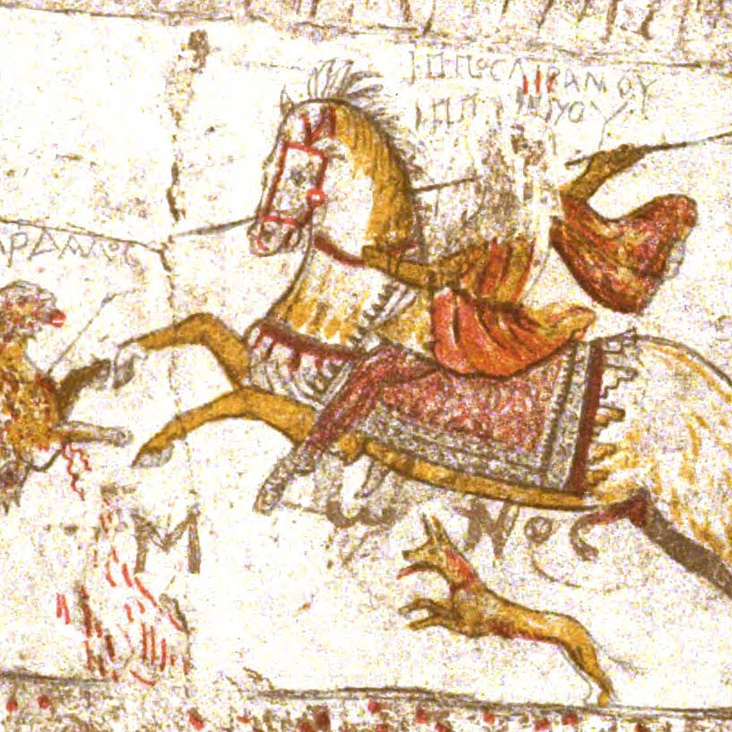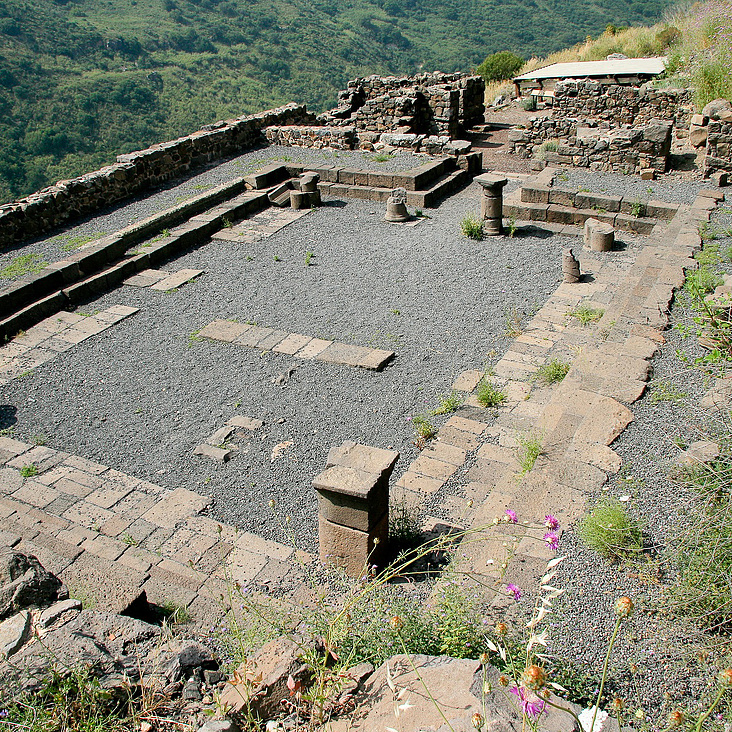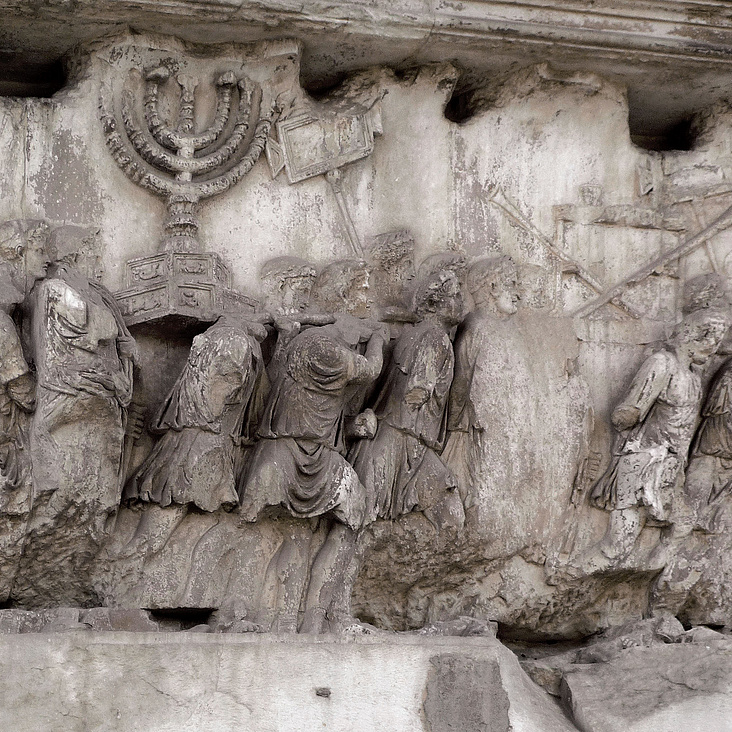












38 West 86th St.
New York, NY 10024
212.501.3000
admissions@bgc.bard.edu
18 West 86th St.
New York, NY 10024
212.501.3023
gallery@bgc.bard.edu
BGC Gallery is currently closed.
38 West 86th St.
New York, NY 10024
212.501.3000
admissions@bgc.bard.edu
18 West 86th St.
New York, NY 10024
212.501.3023
gallery@bgc.bard.edu
BGC Gallery is currently closed.
Reading, Writing, and Jewish Daily Life through Graffiti
October 18, 2017
12:15 – 1:15 pm
Join us for the inaugural Leon Levy Foundation Lectures in Jewish Material Culture. Andrea M. Berlin will deliver a series of three lectures entitled “Beyond the Temple: Jewish Households from the Maccabees to the Great Revolt against Rome.” Alex P. Jassen, Karen B. Stern, and Azzan Yadin-Israel will each respond to one lecture and also offer a corresponding lunchtime talk the following day.
Additional support provided by The David Berg Foundation.
Karen B. Stern will give a Brown Bag Lunch presentation on Wednesday, October 18, at 12:15 pm. Her talk is entitled “Class Divides: Reading, Writing, and Jewish Daily Life through Graffiti.”
From Iron Age Judah and onward, Judahites, Judeans, and Jews took chisels and amateur tools to carve into stone their names and requests to be remembered. Sometimes, they did this in places we might suppose, such as on memorial plaques or epitaphs. Yet at other times, they wrote in other locations: upon walls of pagan sanctuaries, around doorways of monumental synagogues, and encircling the tombs of revered priests and rabbis. Found in these places, these types of writings, best classified as graffiti, might seem disrespectful, blasphemous, and even sacrilegious. Yet Jewish writers likely viewed these acts of writing in quite different ways—as modes of social engagement with other Jews and with their gentile neighbors, of prayer, commemoration, and interaction with the dead. When considered from distinct vantages, still, their writings can tell us something even more significant and surprising about Jewish inscribers, particularly concerning their abilities to read and write. Traditional scholarship on ancient literacy theorized that scarce numbers of ancient peoples (whether Jews or their neighbors) could read or write at all, because so few people possessed the requisite funds and education to develop associated skills. But more careful attention to the contents and locations of the aforementioned graffiti, written by Jews throughout the ancient world, supports a contradictory theory: that many more Jews could read and write in earlier and later antiquity than are commonly thought. In this lecture, Stern will discuss ancient graffiti written by Jews, their geographic and spatial distributions, contents, and modes of display, and their implications for our understandings of education, class, and status among Jews in the Greco-Roman world.
Karen B. Stern is Assistant Professor of History at Brooklyn College of the City University of New York. She is the author of Inscribing Devotion and Death: Archaeological Evidence for Jewish Populations in North Africa (Brill, 2008) and of the forthcoming Writing on the Wall: Graffiti and the Forgotten Jews of Antiquity (Princeton University Press). Her research considers the material culture of Jewish populations throughout the Mediterranean world.

This event will be livestreamed. Please check back the day of the event for a link to the video. To watch videos of past events please visit our YouTube page.




38 West 86th St.
New York, NY 10024
212.501.3000
admissions@bgc.bard.edu
18 West 86th St.
New York, NY 10024
212.501.3023
gallery@bgc.bard.edu
BGC Gallery is currently closed.
